Some dogs may not check clocks, but they certainly know when it’s mealtime, walk time, or cuddle time. Certain breeds seem to have an internal alarm set to go off with unwavering accuracy, thriving on structure and daily routines. These dogs find joy in predictability and are often the first to nudge you at 6 p.m. sharp when dinner hasn’t been served yet. For them, consistency isn’t just comforting—it’s essential.
Whether you’re a meticulous planner or someone trying to introduce more routine into your lifestyle, selecting a breed that naturally follows a schedule can be a game-changer. These dogs excel in homes where order reigns and their days are filled with set times for meals, walks, training, and rest. They not only adapt to structure—they demand it, often helping their humans stay on track too.
In this article, we’ll highlight dog breeds that thrive on a well-organized daily routine and are happiest when every hour has its purpose.
Dog Breeds That Follow A Strict Schedule
1. Border Collie
A powerhouse of precision and intelligence, the Border Collie—also known as the Scotch Sheepdog—is a working breed hailing from the border regions of England and Scotland. Originally bred to herd livestock, this agile, medium-sized dog typically weighs between 30 and 55 pounds and stands 18 to 22 inches tall.
Their striking double coat, ranging from smooth to wavy, comes in a variety of shades including black and white, red, lilac, and blue. These dogs are highly valued for their unmatched work ethic and quick reflexes. Known for their dedication and discipline, Border Collies are among the most schedule-driven breeds.
According to the AKC, the Border Collie is known for being energetic, loving, and highly intelligent. They flourish in predictable environments and crave a daily routine filled with purpose. Whether it’s mealtime, training, or play, these dogs perform best when each activity follows a set rhythm.
Exercise
These smart dogs are one of the most active breeds, requiring a minimum of two hours of exercise daily, ideally spread throughout the day.
They require strenuous exercise. Activities like agility runs, fetch in secure areas, and mentally stimulating tasks help burn off their abundant energy. A large, fenced yard is ideal for allowing spontaneous bursts of activity while keeping them safe.
Fact: Their history as livestock herders on British farms explains their deep-rooted need for structure and purpose.
2. German Shepherd
German Shepherds—also known as Alsatians—are renowned for their discipline, intelligence, and unwavering loyalty. Developed in Germany in the late 19th century for herding and guarding flocks, these large dogs now excel in military, police, and search-and-rescue roles across the world.
With a strong build and elegant posture, they typically weigh between 50 and 90 pounds and stand 22 to 26 inches tall. Their confident demeanor and alert gaze are matched by their eagerness to follow commands and work alongside their humans.
Britannica reports that the German Shepherd is intelligent and devoted, commonly serving as a watchdog and working in various service roles. German Shepherds thrive in environments where structure reigns supreme, making them one of the most reliable breeds for schedule-oriented households.
Exercise
This high-energy breed requires purposeful, scheduled exercise to stay healthy and mentally stimulated. German Shepherds benefit from activities like brisk walks, jogs, fetch, or agility drills for at least an hour each day.
They enjoy routine-oriented fitness plans and are most fulfilled when given a job or task. Lack of physical activity can lead to restlessness and behavioral issues. A structured routine, including consistent basic training, ensures they stay engaged, obedient, and balanced.
Fact: German Shepherds are among the top choices for police and military roles worldwide due to their adaptability, focus, and love for routine.
3. Golden Retriever
Golden Retrievers, often affectionately called “Goldens,” are medium-sized sporting dogs with an intelligent and affectionate nature. Originally developed in Scotland during the mid-19th century, they were bred for retrieving waterfowl and game, making them both athletic and obedient.
Males typically stand 23–24 inches tall and weigh 65–75 pounds, while females measure 21.5–22.5 inches and weigh 55–65 pounds. With their broad heads, expressive eyes, and lustrous golden coats, Goldens are easily one of America’s most beloved breeds.
Purina notes that the Golden Retriever ranks among the most popular dog breeds in the United States. Their loyal disposition is complemented by a love for routine. Golden Retrievers thrive in homes where daily schedules for meals, walks, training, and rest are consistent. They’re quick learners and rely on predictable patterns to stay emotionally balanced and mentally engaged.
Exercise
To stay happy and healthy, Golden Retrievers need at least two hours of exercise each day. This should be spread across walks, playtime, and mentally stimulating activities like fetch or obedience training. Structured exercise not only keeps them fit but also reinforces their affinity for routine.
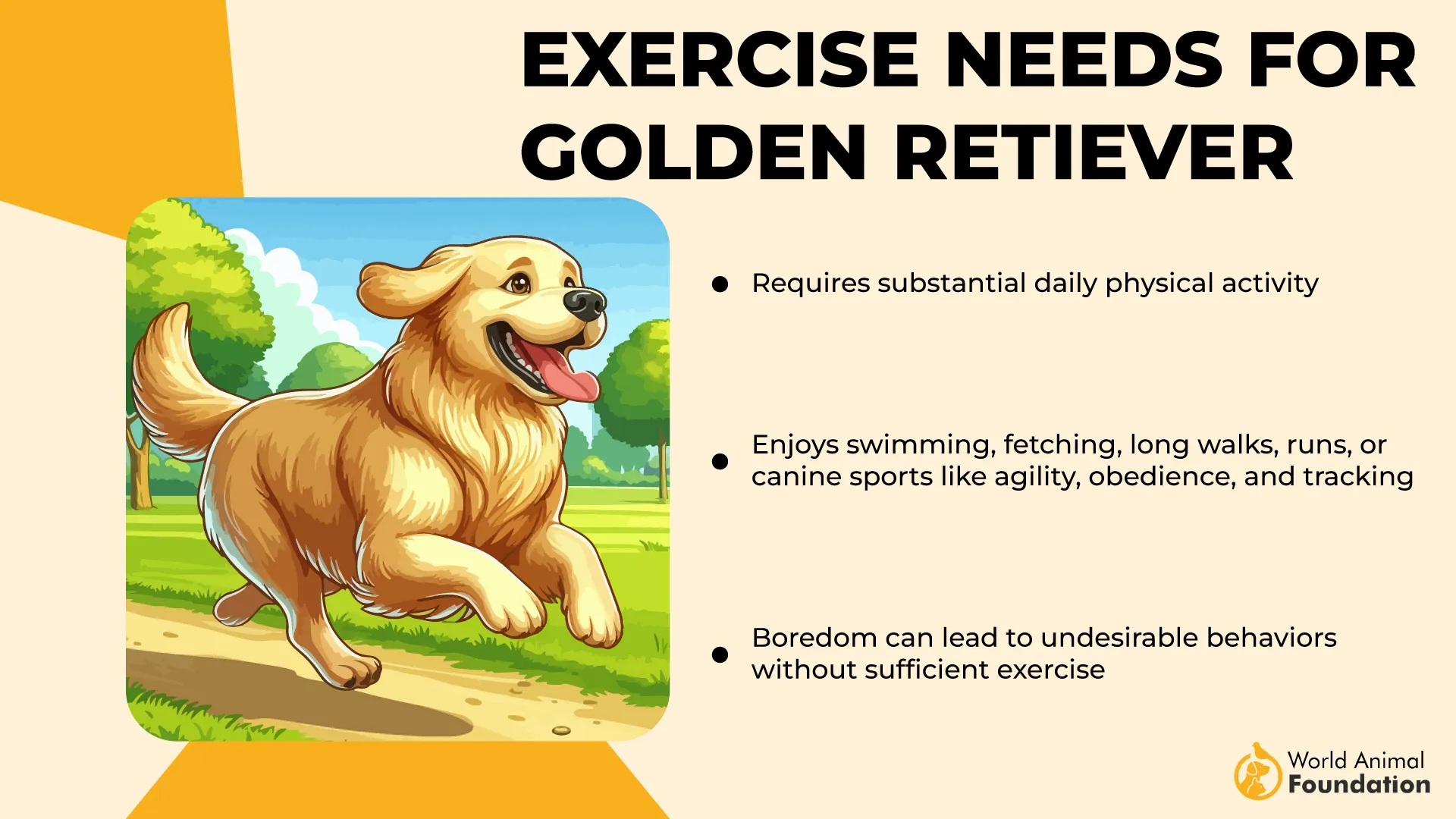
Fun fact: Golden Retrievers are known to “remind” their humans when it’s time for meals or walks with gentle nudges or attentive stares.
4. Labrador Retriever

Among the most dependable dogs, the Labrador Retriever—also known as the Lab—is a breed that thrives on consistency. Originally bred in Newfoundland to assist fishermen, Labs have evolved into one of America’s favorite breeds due to their loving temperament and eager-to-please attitude.
Weighing between 55 and 80 pounds and standing 21–25 inches tall, Labs are sturdy, energetic, and incredibly devoted companions. They come in black, yellow, or chocolate coats and are instantly recognizable by their broad skulls, deep chests, and muscular frames.
These dogs excel in environments where structure is a daily norm. From breakfast routines to evening play sessions, Labs notice when their schedule is even slightly off. Their sensitive yet enthusiastic nature means they function best when they know what to expect.
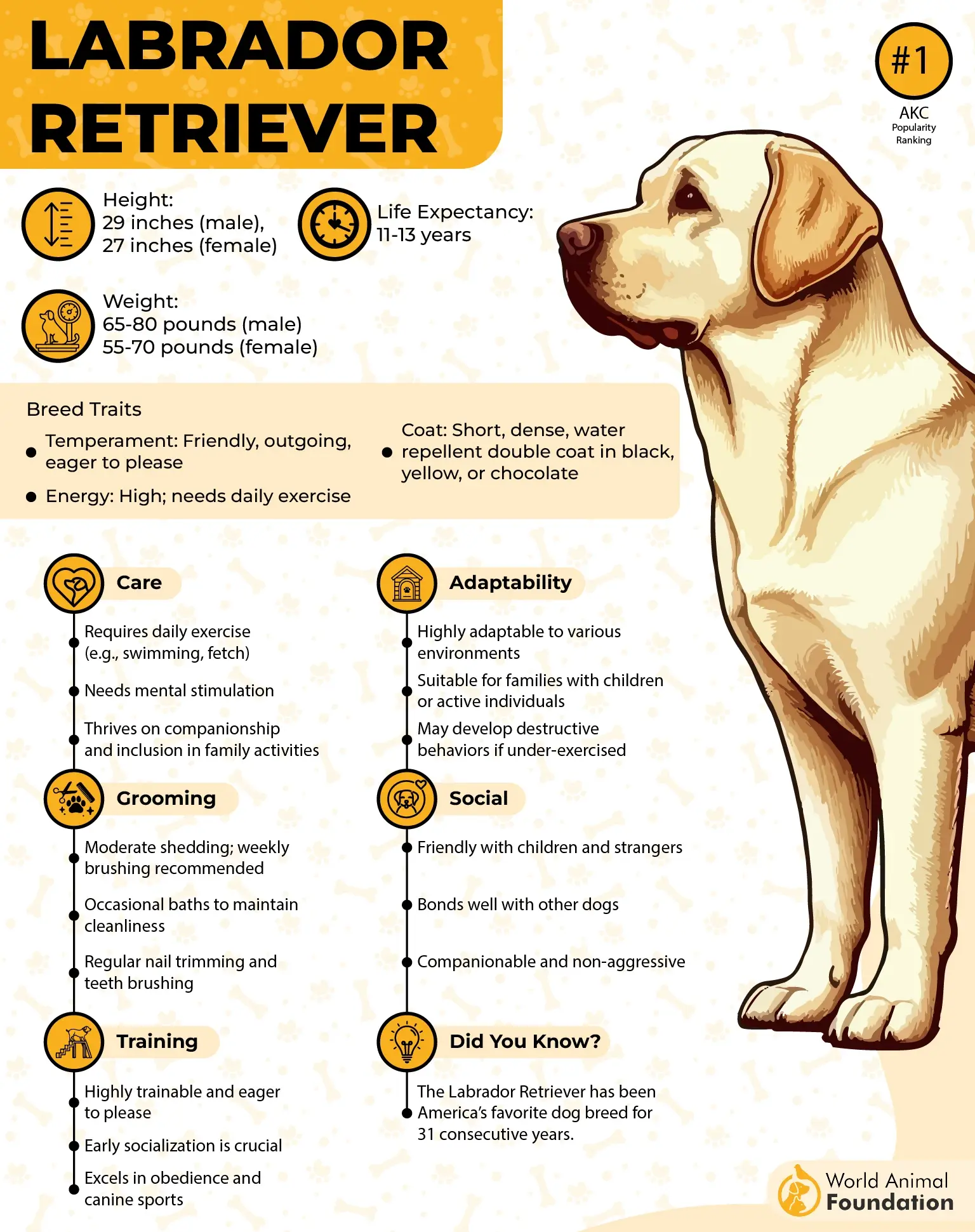
Exercise
Labrador Retrievers need a substantial amount of physical activity to remain healthy and content. They have vigorous exercise needs. Ideally, they should get about two hours of exercise daily—this may include running, swimming, or playing fetch.
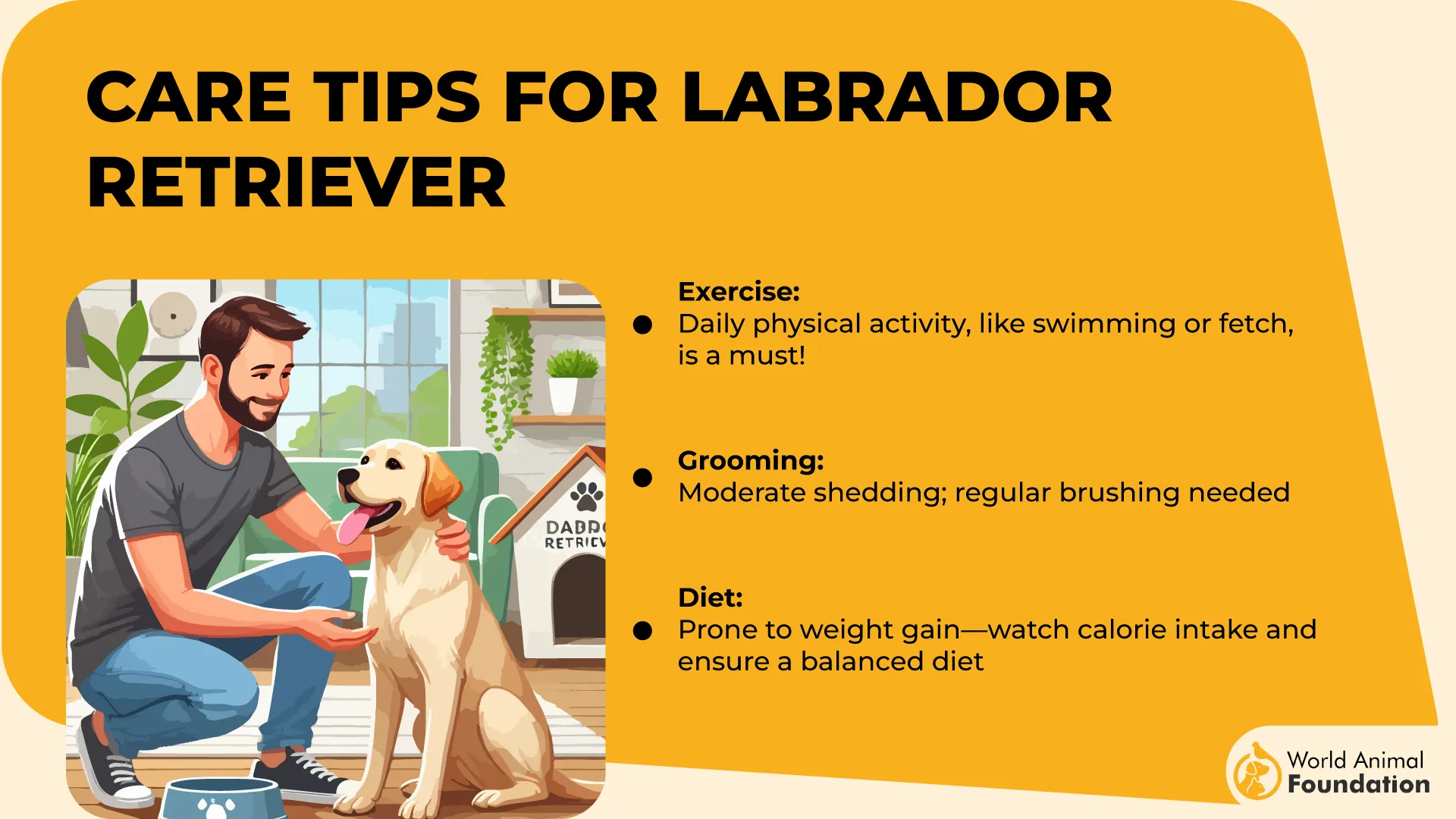
Without regular activity, Labs may become bored or destructive. Consistency in their exercise routine also enhances their trainability and mental balance.
Fun Fact: Despite their go-with-the-flow appearance, Labs are sticklers for timing and may remind you when dinner or walk time is late.
5. Beagle
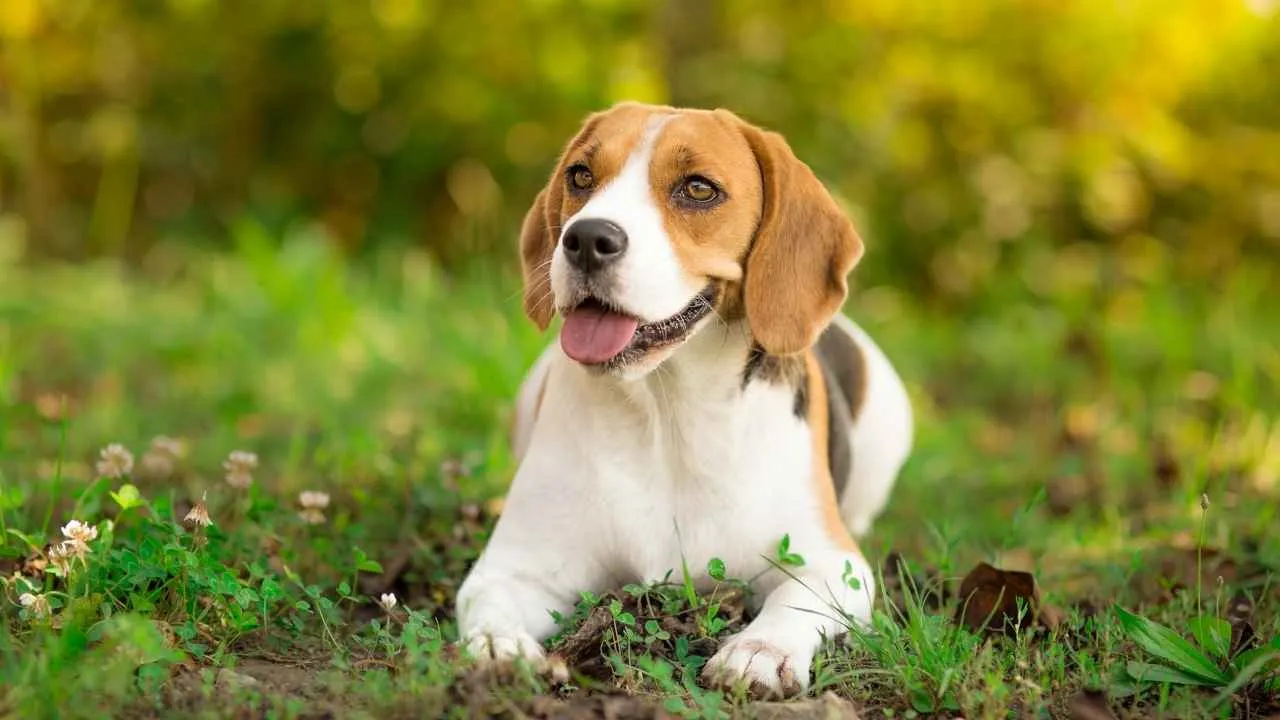
Beagles—often affectionately called “merry little hounds”—are renowned for their keen noses, floppy ears, and endlessly wagging tails. With origins tracing back to England, this breed was historically used for hunting in packs due to their strong scenting instincts.
Beagles generally fall into two size categories: under 12 inches tall and between 12–15 inches tall, with both sizes weighing no more than 30 pounds. They come in a variety of coat colors, from lemon and red & white to the classic black, brown, and white tricolor.
Their smooth, double coat is both functional and charming. Despite their adventurous spirit, Beagles thrive on structure. They’re happiest with predictable routines that include daily walks, feeding times, and play sessions.
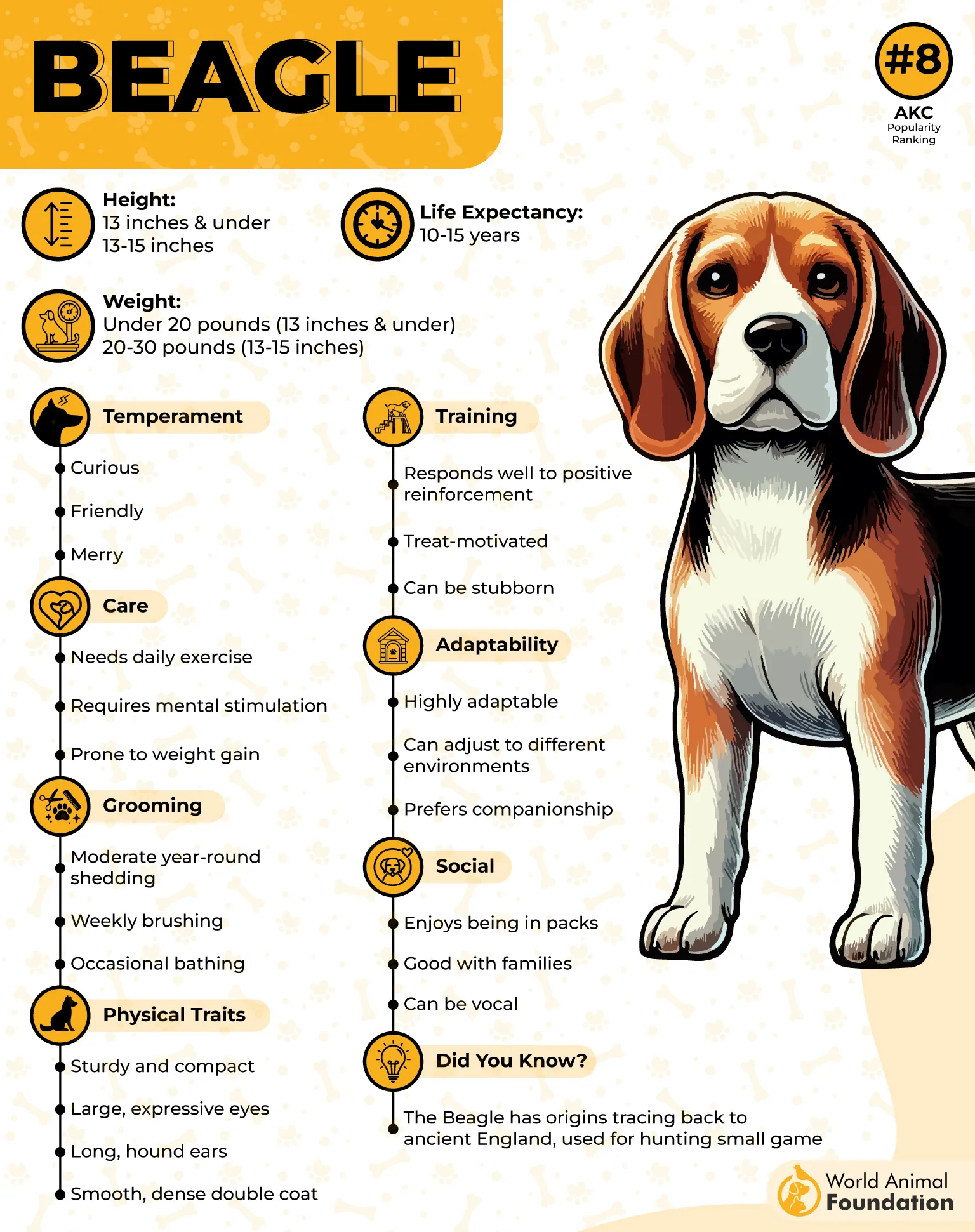
Exercise
Beagles require at least an hour of physical activity each day to stay balanced and prevent destructive behavior. Their routine shouldn’t just include backyard play—structured leash walks, group activities, and scent-driven games are ideal. Beagles are pack animals and prefer companionship during exercise. Leaving them alone for long hours may lead to frustration or mischief.
Fun Fact: Beagles have such reliable noses that they’re often used in airports as scent-detection dogs.
6. Boxer
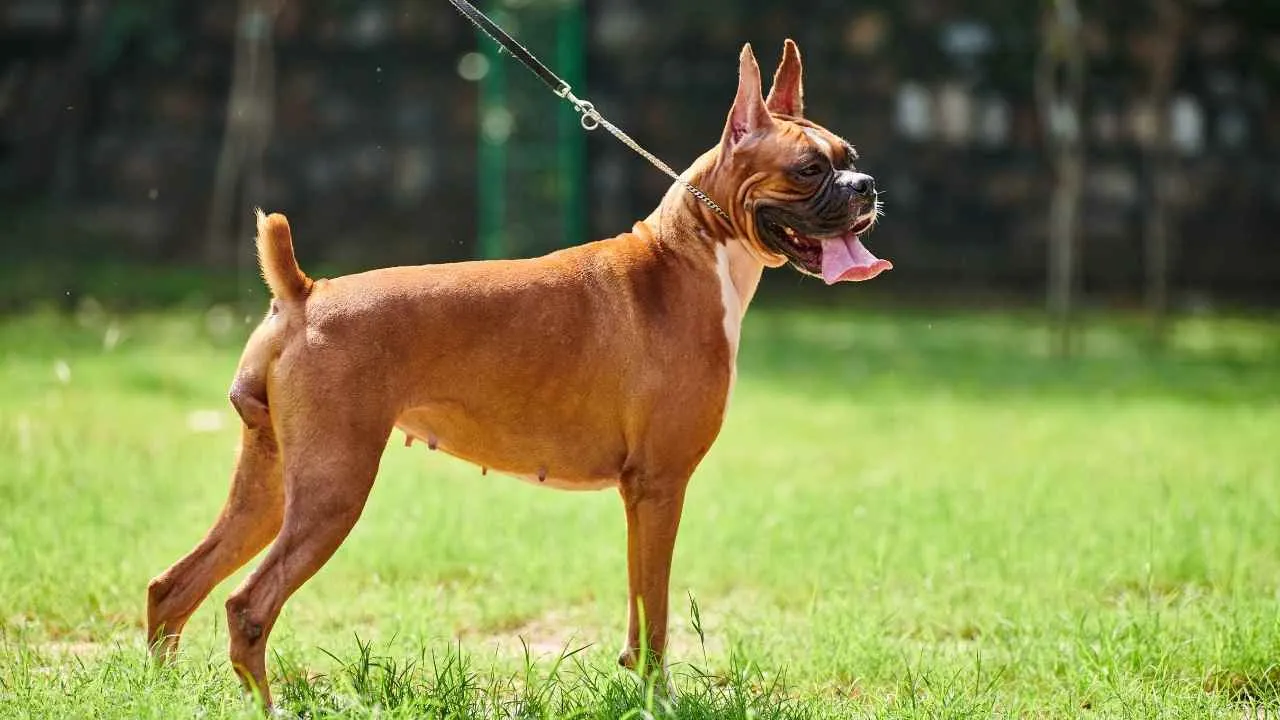
Boxers—also known as “Peter Pan” dogs of the canine world—are playful yet dependable companions that thrive on a reliable daily structure. Originating in Germany and brought to the U.S. in the 1930s, Boxers were initially bred for hunting and guarding, traits that contribute to their disciplined nature.
With a muscular, deep-chested build, they typically stand 21–25 inches tall and weigh between 65–80 pounds. Their expressive faces, short coats, and joyful energy make them unforgettable. Though full of bouncy charm, Boxers flourish best when they know what to expect throughout the day, especially when it comes to meals, rest, and activity.
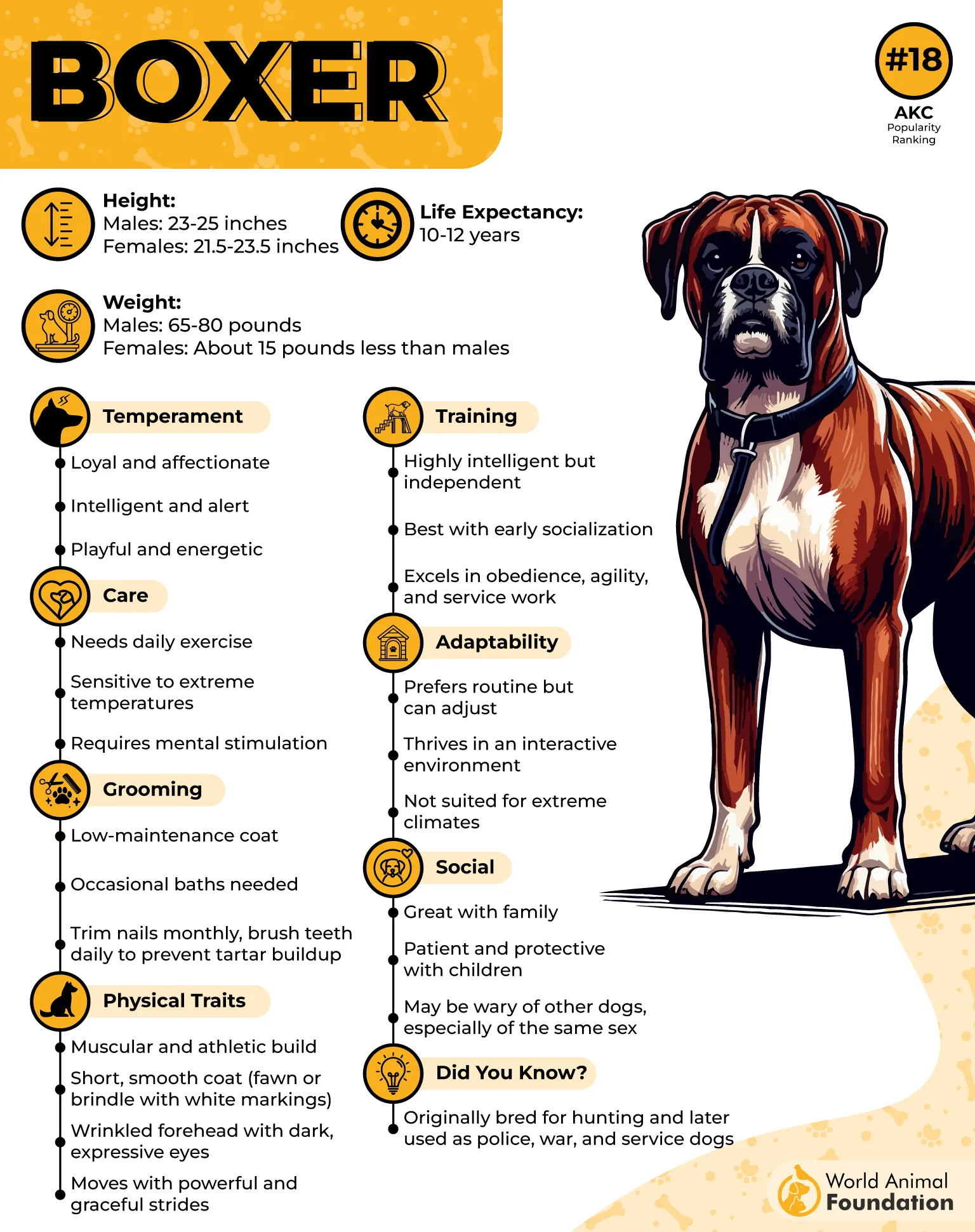
Exercise
This high-energy dog breed requires regular, structured physical activity to remain happy and well-mannered. A consistent schedule of at least two active sessions a day—such as brisk walks, agility play, or interactive training—helps channel their exuberance positively.
Boxers may appear goofy, but without adequate physical and mental stimulation, their boundless enthusiasm can quickly turn into restlessness or mischief. Predictable routines also help reinforce desirable behavior patterns. Boxers are particularly responsive to consistent daily habits that include designated times for exercise and rest.
Fact: Despite their comical energy, Boxers are calendar lovers—knowing exactly when it’s time for fun and when to wind down.
7. Shetland Sheepdog
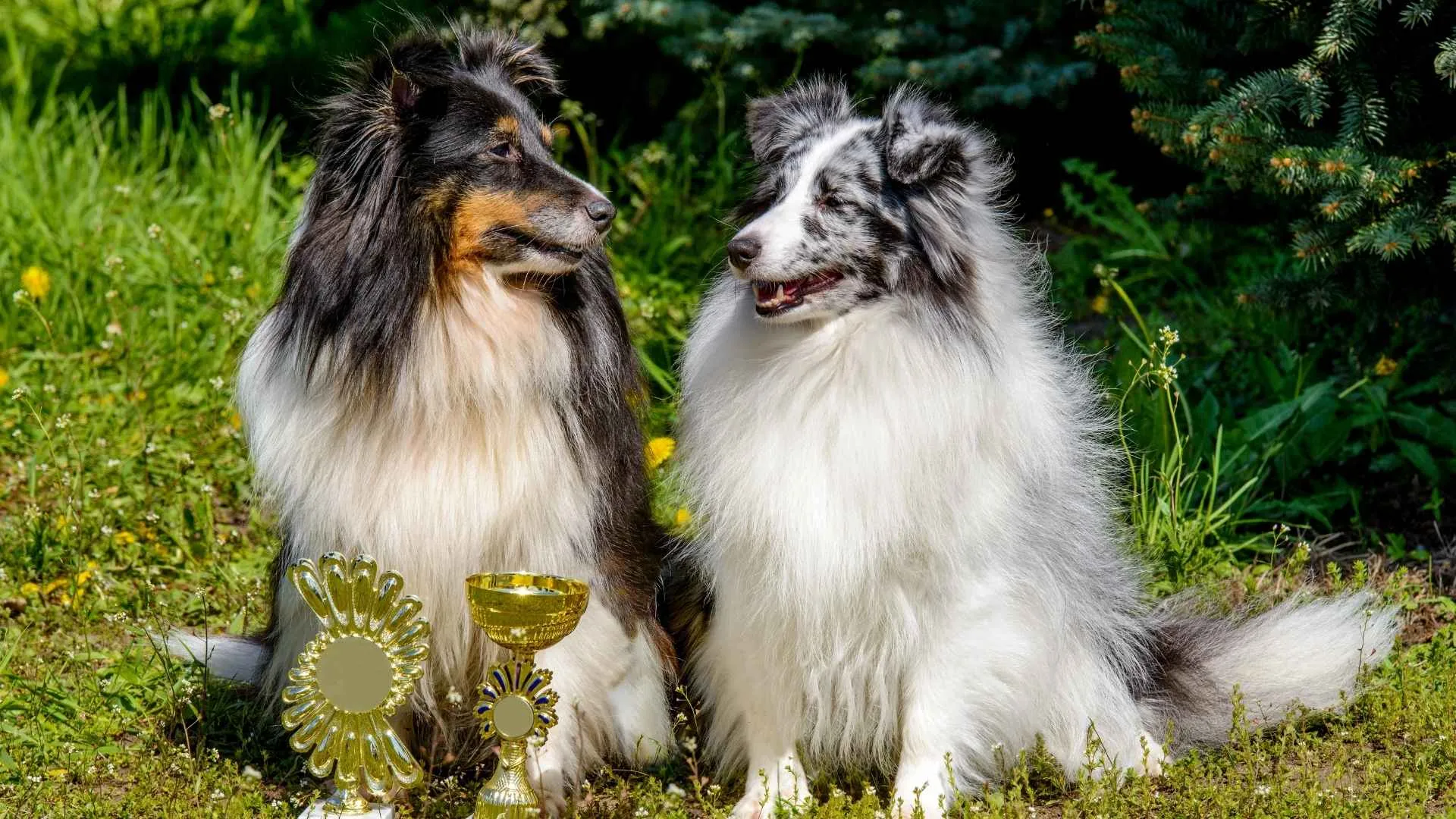
Also known as the Sheltie, the Shetland Sheepdog is a structured, intelligent breed that flourishes in homes with clear routines. Originating from the Shetland Islands of Scotland, this compact herder was bred to manage small livestock under harsh conditions.
Despite resembling a miniature Collie, the Sheltie is a distinct breed with a personality all its own. Standing 13–16 inches tall and weighing between 15–25 pounds, Shelties are known for their striking, straight coats and wedge-shaped heads with alert, erect ears.
With their affectionate and responsive nature, they form tight bonds with their families and love being part of daily rituals. Missing a walk or delaying dinner is often met with a vocal protest or a persistent gaze, making them one of the most schedule-sensitive breeds.
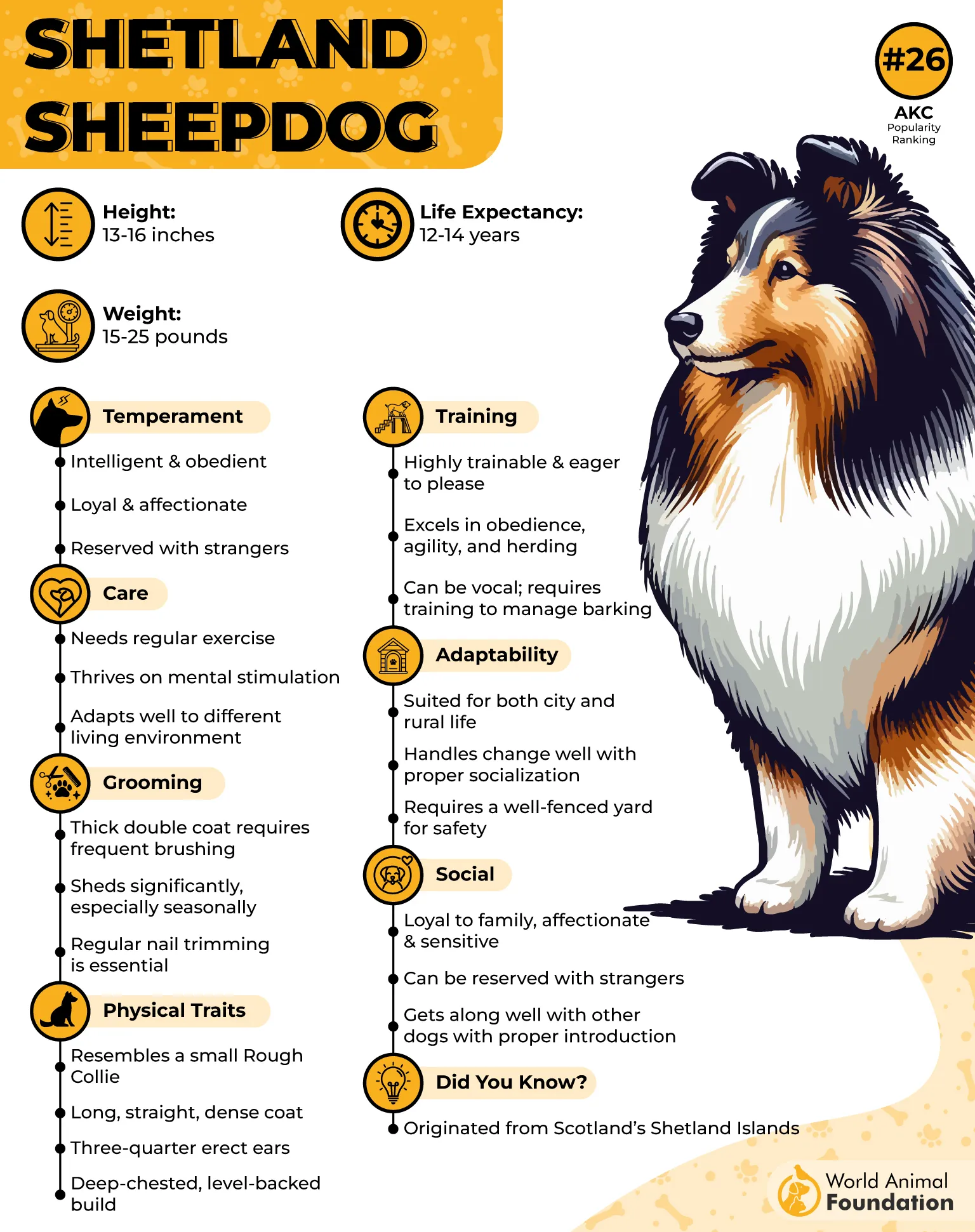
Exercise
These tiny dogs are highly active and require daily exercise to remain balanced and content. A structured regimen that includes daily walks, obedience training, and mentally stimulating games like agility courses is essential.
Without this routine, Shelties can become anxious or display undesirable behaviors. Consistency in activity supports their well-being and complements their natural inclination toward predictability.
Fact: Despite their small size, Shelties have a work ethic that rivals much larger herding breeds.
8. Shih Tzu
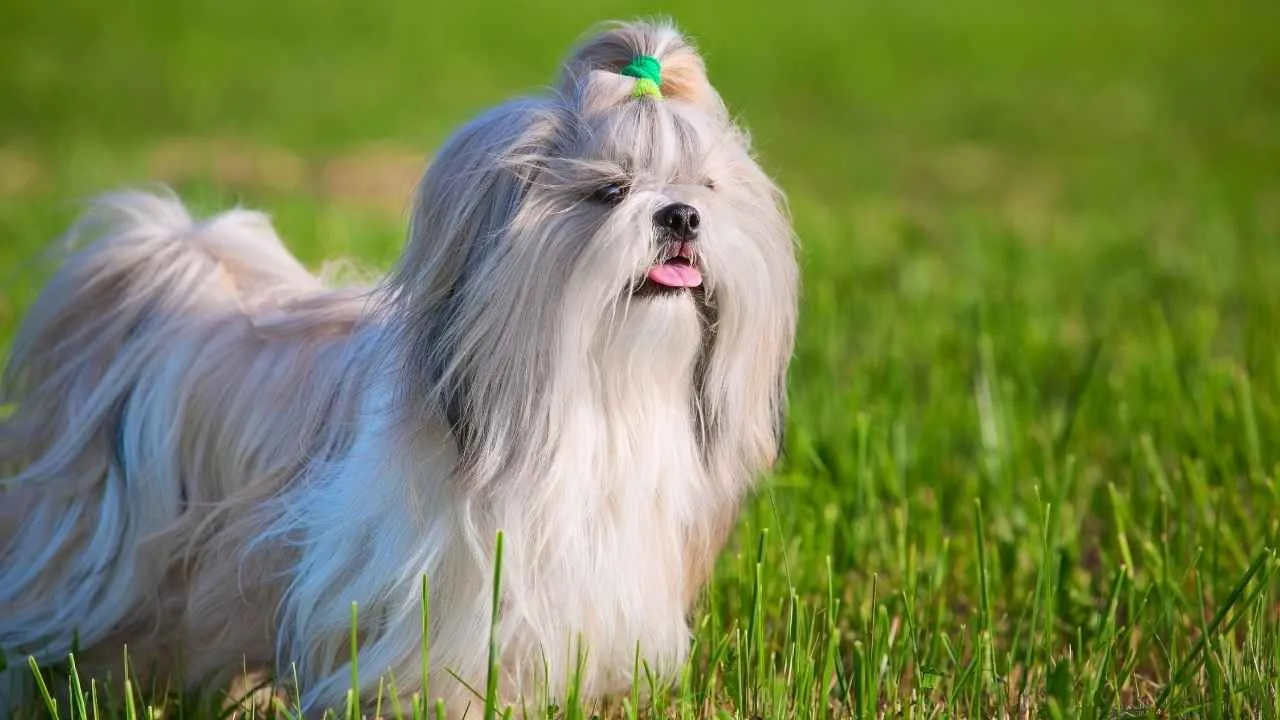
The Shih Tzu, also known as the “lion dog,” is a compact and charming toy breed with deep historical roots in Tibetan and Chinese royal courts. Originally bred as a palace sentinel and lap companion, this affectionate breed boasts a striking appearance with its long, silky coat, expressive eyes, and trademark underbite.
Typically weighing between 9–16 pounds and standing around 10 inches tall, the Shih Tzu has a strong presence in a small frame. They’re not just pampered pets but loyal companions. Though they may seem laid-back, Shih Tzus actually thrive on structured routines.
Mealtime, grooming, walks, and cuddle time—if it’s on the schedule, they’re all in. A predictable daily rhythm helps them feel secure, especially given their sensitivity and desire for constant companionship.
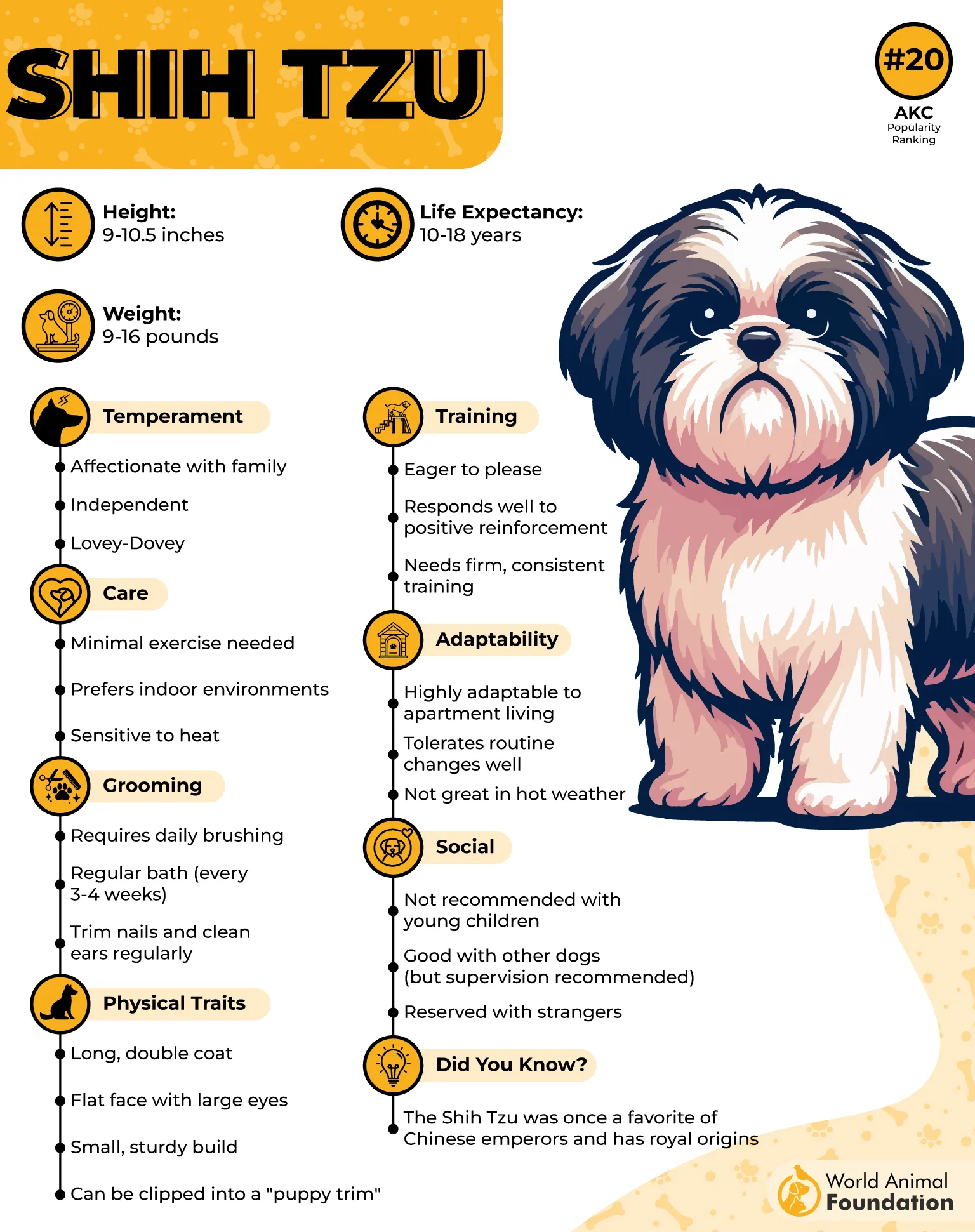
Exercise
Shih Tzus need about 30 minutes to an hour of light activity daily to stay healthy. Short walks and indoor play keep them fit without overexertion.
Because of their brachycephalic faces, it’s important to avoid strenuous activities or high temperatures. Regular but gentle exercise helps manage their energy while aligning with their preference for consistency and comfort.
Fun Fact: The first breeding pair of Shih Tzus was exported to England around 1930.
9. Cavalier King Charles Spaniel
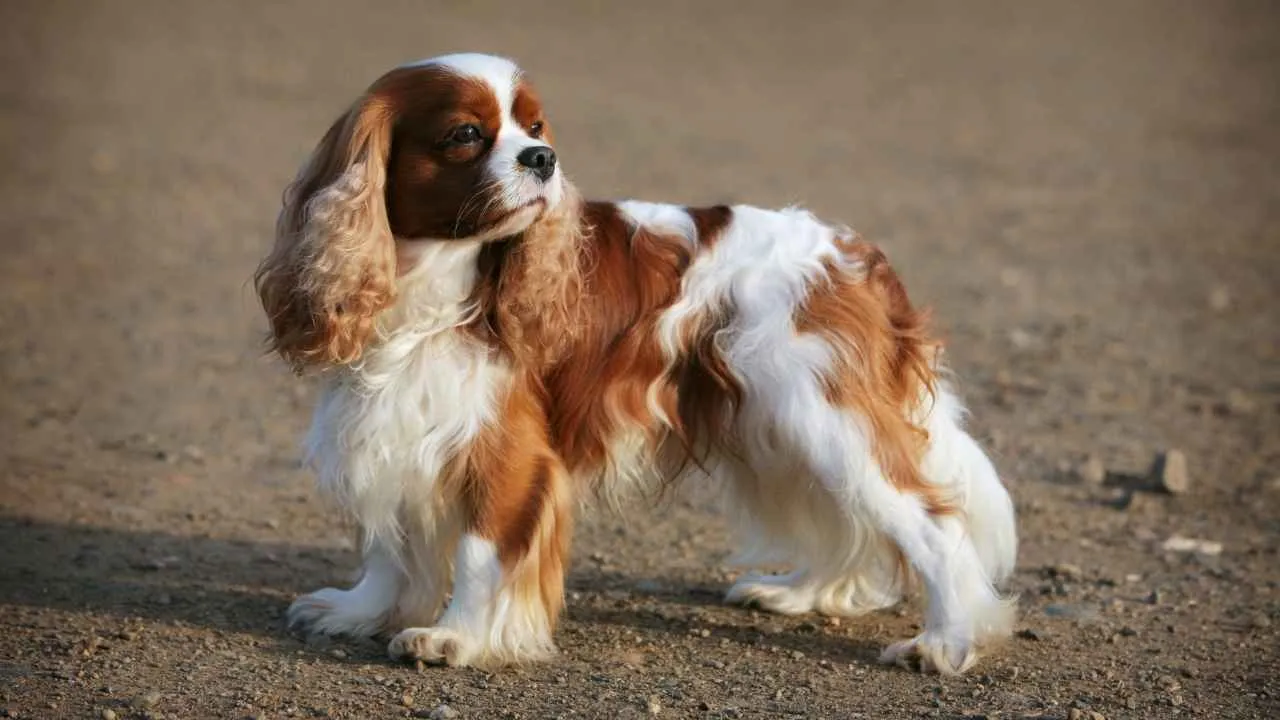
With roots in 17th-century British royalty, the Cavalier King Charles Spaniel—also known simply as the Cavalier—is a small, graceful toy breed originally bred to warm laps during long carriage rides. Typically standing 12 to 13 inches tall and weighing 13 to 18 pounds, this affectionate companion is recognizable by its expressive eyes, silky ears, and feathered coat.
While Cavaliers are adaptable to various living environments, they particularly thrive on routine. Their friendly disposition and gentle nature make them an ideal match for first-time dog parents or those who cherish predictability.

Exercise
Though they appear dainty, Cavaliers require consistent daily movement to remain healthy and happy. They benefit most from structured routines, ideally about an hour of enough exercise split across two walks.
If you have access to a secure space, they’ll enjoy some off-leash exploration. A dependable schedule of activity, mealtimes, and rest keeps this breed emotionally balanced and physically fit.
Fun Fact: King Charles I and II adored this breed so much that they brought them everywhere—even to Parliament.
Conclusion
Dogs that thrive on routine bring structure and predictability to their homes, making them ideal for individuals and families who value consistency. Whether it’s breakfast at sunrise or a game of hide and seek before dinner, schedule-loving breeds often show improved behavior, reduced anxiety, and stronger bonds with their owners. These dogs aren’t just reliable, they’re endearing companions for dog lovers who appreciate a sense of order.
While some breeds in this category are energetic and responsive, others like the basset hound, bernese mountain dog, and boston terrier, offer a mix of low energy to high energy charm and devotion to daily rituals. These canines may not be marathon runners, but they’re loyal couch potatoes who never forget walk time or their afternoon nap.
For those living in compact spaces, some of these breeds also make great apartment dogs, easily adapting to indoor lifestyles. As with other dog breeds, the key lies in recognizing their preferences and helping them feel secure in their daily rhythms.


